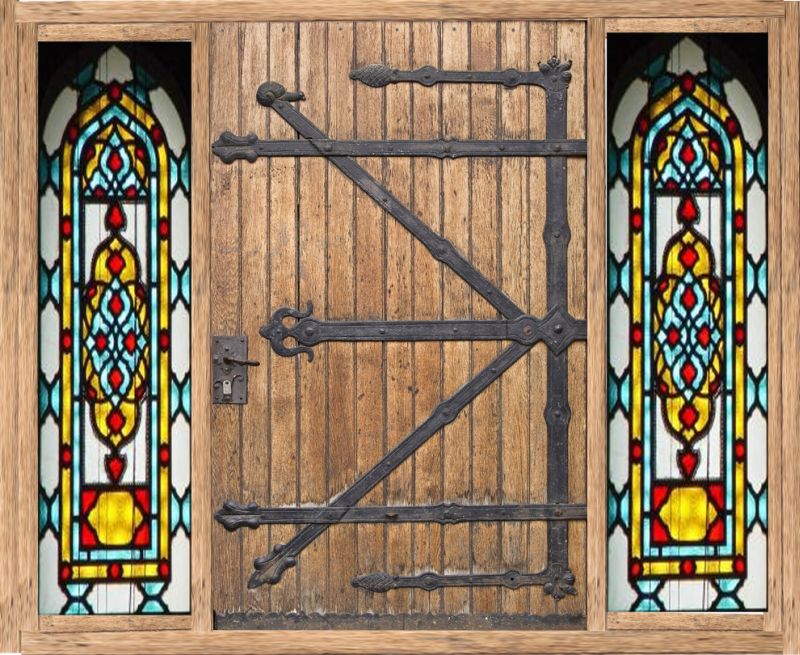The Look of Hand-Hewn with Power Tools
A curved power-planer or planer knife can approximate the look, but for the real thing you need the hand tool (an adze). December 15, 2005
Question
I am seeking ways to create a surface on some interior architectural millwork that resembles old hand-hewn solid wood beams. I've seen this detail in restaurants and Cabelas store fixtures, but am unsure how to create it. It appears to have been done with power tools.
Forum Responses
(Solid Wood Machining Forum)
Festool sells a hand-hewn blade for their planer. I have no experience with it, but am curious as to how good it works.
From the original questioner:
I have seen this as well, but it doesn't really have the appearance of a hewn surface. I will call this a last resort.
We do both faux and real hand hewing. We use a Makita curved base planer with modified crowned blades for faux hewing. If you know the difference, it's obvious, but acceptable. There is only one way to do hand hewing and that is by hand. If we kept the blades on the Makita flat and rounded only the corners, it would be a closer approximation, in my opinion. One has to look at a hand hewn surface to see the subtleties of the stop/start marks, cross grain tear out and axe marks. We have a ton of old hand hewn beams we sell for various applications, such as mantles, so we have plenty to compare to in our shop.
Why not pick up an old #4 smoother plane and sharpen it up with a very slight radius? It will be almost as fast as a power planer, with no milling marks. Plus, authentic tear-out!
You need a tool called an "adz". It is like a scoop shaped axe. It is made for doing what you describe. Once you get the hang of it, it is just as fast, and looks better, than power tools.
